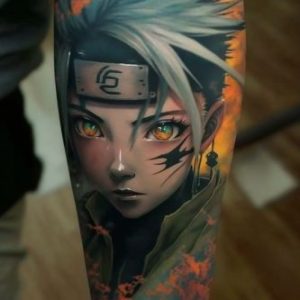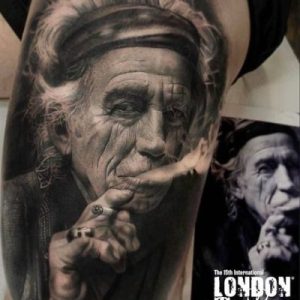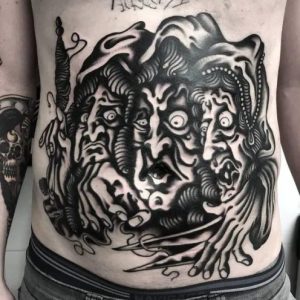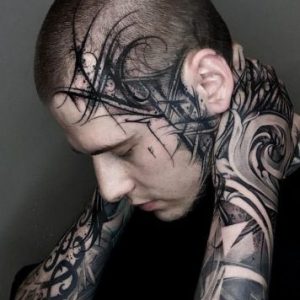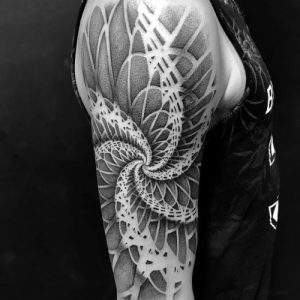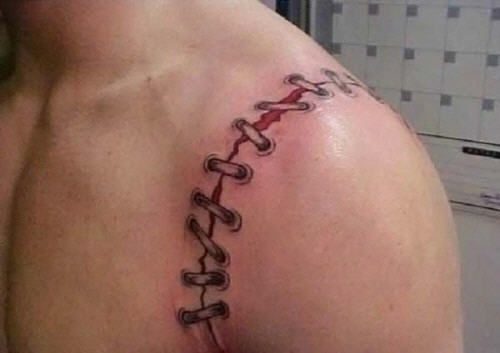
Fake Wound Tattoo and Its Story
In recent years, fake wound tattoos have gained significant popularity among individuals seeking to add a touch of realism to their Halloween costumes, theatrical performances, or even just for the thrill of a shocking visual effect.
These temporary tattoos simulate various injuries, such as cuts, bruises, burns, and scars, allowing individuals to transform their appearance temporarily.
But what is the story behind these fascinating accessories?
The Origins of Fake Wound Tattoos
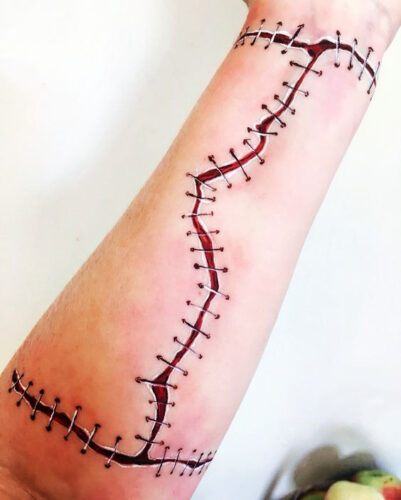
The history of fake wound tattoos can be traced back to the art of theatrical makeup and special effects.
Makeup artists and costume designers have long sought ways to create realistic injuries without causing any harm to the actors.
In the early days, they relied on traditional techniques such as prosthetics, latex, and stage blood to achieve the desired effect.
However, these methods were time-consuming, costly, and often required professional expertise.
With advancements in technology and materials, temporary tattoos emerged as a convenient alternative.
Initially, they were primarily used by movie studios and stage productions to create lifelike wounds on actors.
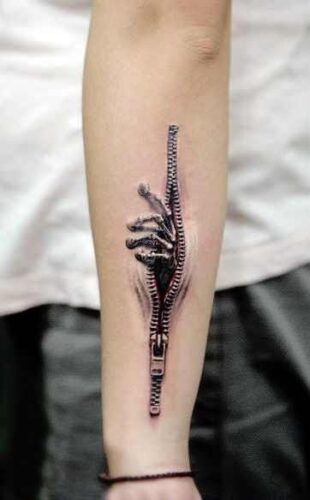
These temporary tattoos offered a quicker and more cost-effective solution, allowing for easy application and removal without the need for complex makeup techniques.
The Popularity of Fake Wound Tattoos
As the use of temporary tattoos expanded beyond the realm of professional productions, their popularity skyrocketed.
People started embracing fake wound tattoos for various occasions, including costume parties, haunted houses, and themed events.
The ability to transform into a zombie, vampire, or any character with realistic injuries became a sought-after feature.
Moreover, fake wound tattoos found their place in the world of cosplayers, who meticulously recreate the appearances of their favorite characters from movies, video games, and comic books.
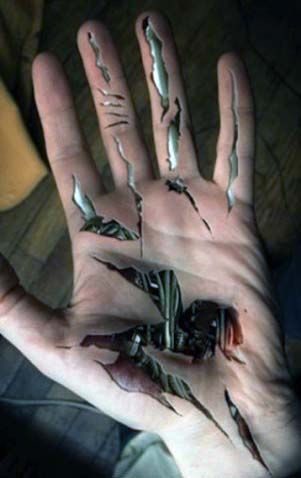
These enthusiasts strive for accuracy and attention to detail, and fake wound tattoos became an essential element in their repertoire.
The Anatomy of a Fake Wound Tattoo
Fake wound tattoos are typically made from materials that mimic the appearance of real wounds. Silicone, latex, or a combination of both are often used to create the textured effect of cuts, scars, or burns.
The design process involves meticulously sculpting and molding these materials to achieve the desired shape and texture.
To apply a fake wound tattoo, one needs to clean and prepare the skin surface.
The temporary tattoo is then carefully placed on the skin, and adhesive or water-activated glue is used to secure it in place.
The tattoo can be further enhanced with stage blood or other makeup products to add realism and depth.
Removing a fake wound tattoo is relatively simple.
Most temporary tattoos can be easily peeled off or dissolved with soap and water.
It is crucial to follow the instructions provided by the manufacturer to ensure safe removal without causing any irritation or damage to the skin.
Safety and Precautions
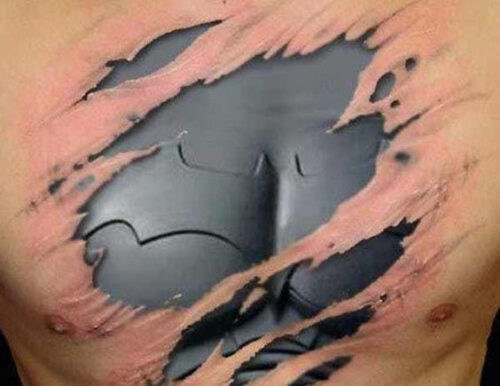
While fake wound tattoos are generally safe to use, there are a few precautions to keep in mind.
It is important to ensure that the materials used in the tattoo are non-toxic and hypoallergenic.
Always perform a patch test on a small area of skin to check for any allergic reactions before applying the tattoo to a larger area.
Additionally, individuals with sensitive skin or existing skin conditions should consult with a dermatologist before using fake wound tattoos.
These professionals can provide guidance on the suitability of temporary tattoos and recommend any necessary precautions.
In conclusion, fake wound tattoos have become a fascinating accessory in the world of costumes, theatrical makeup, and special effects.
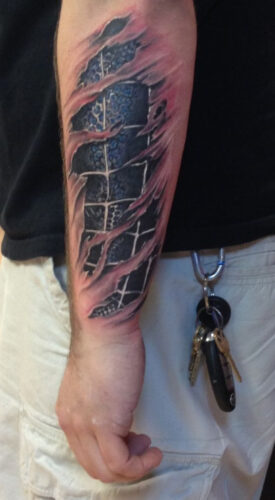
They offer a quick and convenient way to transform one’s appearance and create realistic injuries without any permanent consequences.
As technology continues to advance, it is likely that we will see even more realistic and innovative options in the future.
So whether you’re preparing for Halloween or a cosplay event, fake wound tattoos can help you bring your character to life in a thrilling and realistic way.

